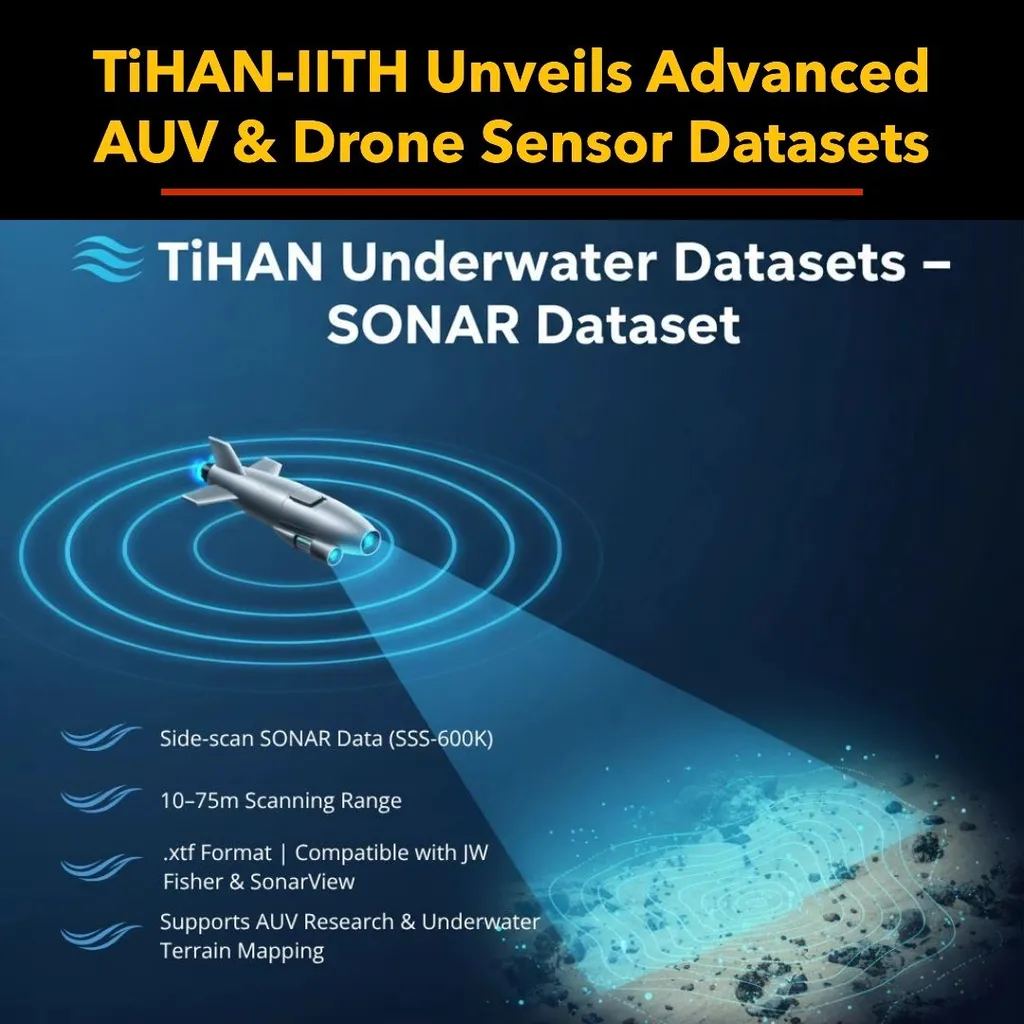Aditya Kailas Jadhav, Anantha Raj Pandi, and Abhilash Somayajula, researchers at the Indian Institute of Technology, Hyderabad, have developed a novel approach to collision avoidance for autonomous surface vessels. Their work, published in a leading maritime technology journal, introduces the use of Artificial Potential Fields (APFs) to navigate congested waterways safely and efficiently.
The researchers highlight the growing challenge of maritime safety as vessel traffic increases. Human error remains a significant factor in collisions, prompting the maritime industry to explore autonomous solutions. Traditional methods of collision avoidance, while effective, often struggle with dynamic obstacles and complex traffic patterns. The team’s research addresses these limitations by leveraging harmonic functions to model potential fields, offering a more robust solution.
The study demonstrates that harmonic functions outperform traditional methods in creating potential fields that guide vessels away from obstacles. By modifying the approach, the researchers extended its capability to avoid dynamic obstacles while complying with the International Regulations for Preventing Collisions at Sea (COLREGs). This compliance is crucial for the real-world application of autonomous vessels, ensuring they operate within legal and safety standards.
The team conducted comprehensive statistical analysis through Monte Carlo simulations, testing their method in various congested environments that mimic real-world traffic conditions. The results showed improved performance compared to traditional potential fields and the popular velocity obstacle approach. This robustness is vital for the reliability of autonomous systems in unpredictable maritime settings.
The practical applications of this research are significant. As autonomous vessels become more prevalent, effective collision avoidance systems will be critical to ensuring safety and efficiency in maritime transportation. The researchers’ novel use of APFs provides a promising avenue for advancing autonomous navigation technology, potentially reducing accidents caused by human error and enhancing overall maritime safety.
This work not only contributes to the academic understanding of autonomous navigation but also offers tangible benefits for the maritime industry. By improving collision avoidance capabilities, the researchers are paving the way for safer, more reliable autonomous surface vessels, which could transform maritime logistics and transportation in the years to come. Read the original research paper here.

